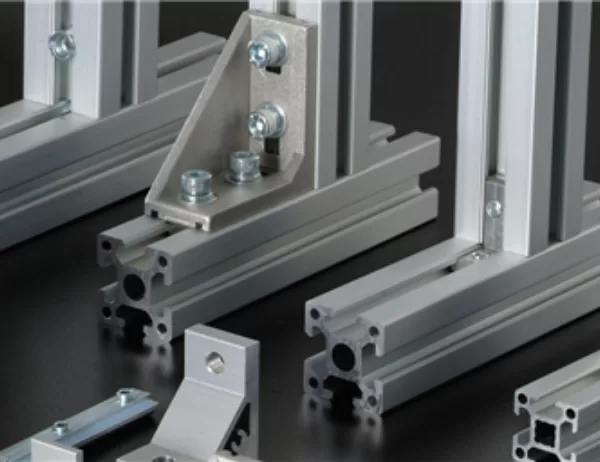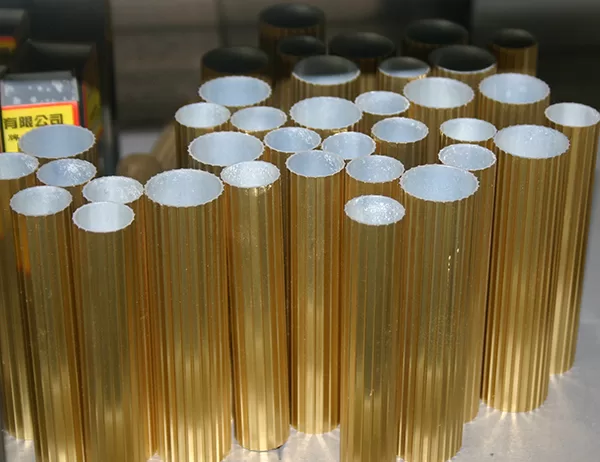The Complete Guide to Industrial Aluminum Profiles: A Comprehensive Resource
“The Complete Guide to Industrial Aluminum Profiles” serves as an invaluable reference for professionals seeking a comprehensive understanding of these profiles and their applications. This comprehensive guidebook delves into various aspects, providing detailed insights and practical information for engineers, architects, manufacturers, and other industry professionals.
Properties and Characteristics
Industrial aluminum profiles exhibit exceptional strength, durability, and corrosion resistance, making them ideal for demanding applications. These profiles undergo rigorous testing to ensure compliance with industry standards, ensuring their reliability and longevity. Their lightweight and high-strength-to-weight ratio enable efficient structural designs while maintaining structural integrity.
Production and Manufacturing
The manufacturing process of industrial aluminum profiles involves several key steps. Extrusion, a critical stage, shapes the molten aluminum into the desired profile using precision dies. After extrusion, the profiles undergo heat treatment to enhance their mechanical properties and durability. Additional processes, such as surface treatment and finishing, add aesthetic appeal and further enhance the profiles’ resistance to wear and corrosion.
Applications and Benefits
Industrial aluminum profiles find widespread use in various industries, including construction, automotive, aerospace, and manufacturing. Their adaptability makes them suitable for applications ranging from structural components to decorative elements. Aluminum profiles provide numerous benefits, including:
– Versatility: Their customizable design allows them to meet specific application requirements.
– Durability: Resistance to corrosion, wear, and environmental factors ensures a long service life.
– Lightweight: High-strength-to-weight ratio reduces structural weight and enhances efficiency.
– Aesthetics: Sleek and polished finishes add visual appeal and enhance product designs.
Environmental Considerations
The environmental impact of industrial aluminum profiles is a significant consideration. Aluminum is a recyclable material, and its use in profiles promotes sustainability. The manufacturing process employs environmentally friendly techniques, minimizing waste and reducing harmful emissions. Additionally, the durability of aluminum profiles reduces the need for frequent replacements, further conserving resources.
Standards and Regulations
To ensure compliance with industry standards and regulations, industrial aluminum profiles are subject to rigorous testing and certification. International organizations, such as the International Standardization Organization (ISO), establish industry-wide standards for the manufacturing, testing, and performance of these profiles. Adherence to these standards guarantees the quality and reliability of the profiles.
Conclusion
“The Complete Guide to Industrial Aluminum Profiles” provides a comprehensive understanding of these essential components, covering their properties, production, applications, and environmental considerations. By incorporating the latest industry knowledge and best practices, this guidebook empowers professionals to make informed decisions and optimize the use of industrial aluminum profiles in their designs and applications.




